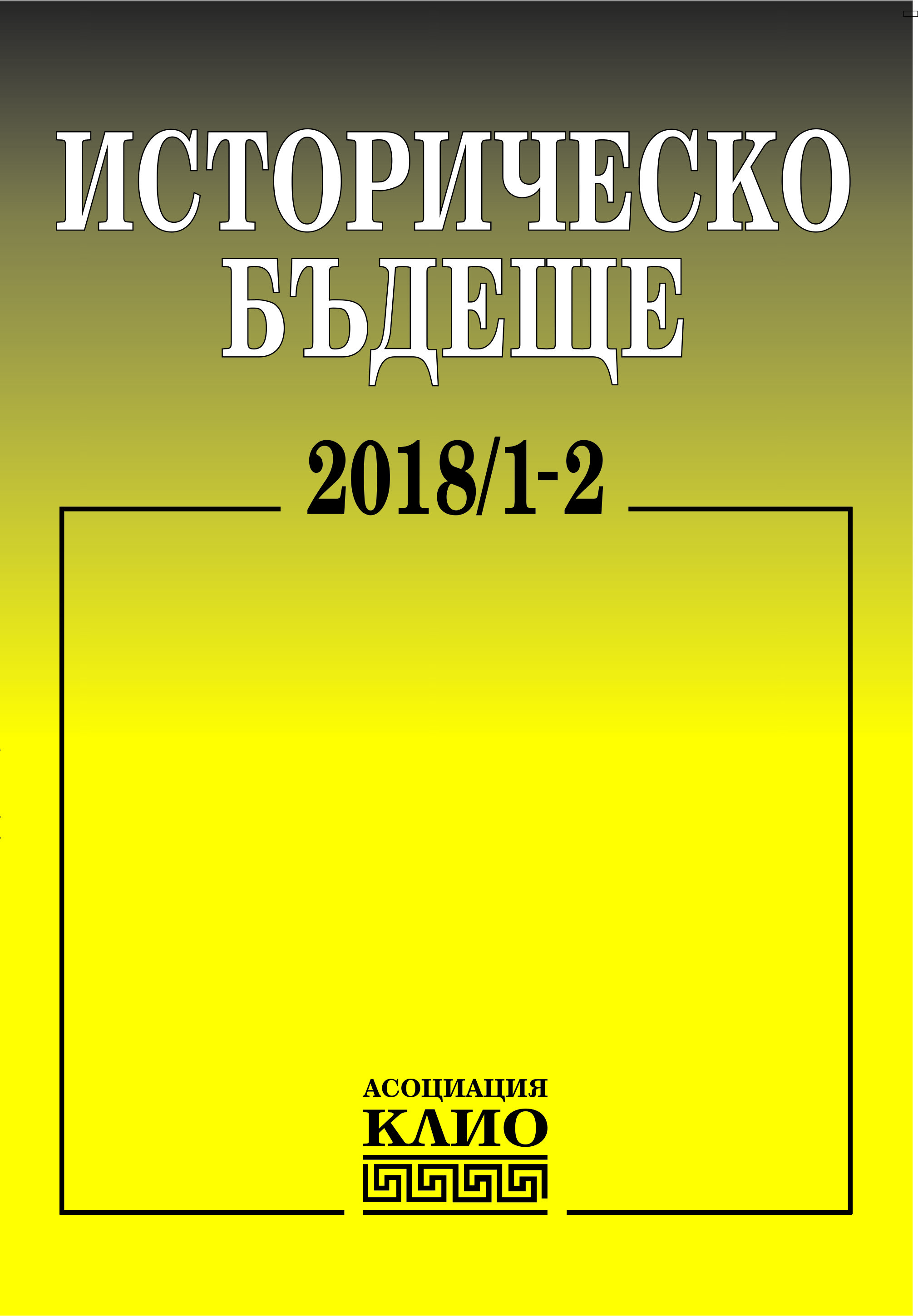Демографски облик и стопанска активност на цариградските българи според опис от 1881–1882 г.
The Demographic Situation and Economic Activity of the Bulgarians in Constantinople according to a 1881–1882 Census Register
Author(s): Orlin SabevSubject(s): History, Economic history, Political history, Social history, 19th Century, The Ottoman Empire, Between Berlin Congress and WW I
Published by: Асоциация Клио
Keywords: Ottoman census register; Bulgarian gardeners; milkmen and woolens manufacturers; Macedonian lands
Summary/Abstract: The study presents and analyzes the statistics about the Bulgarians in Constantinople, provided in a 1881–1882 Ottoman census register, which is preserved at the Sts Cyril and Methodius National Library in Sofia. The register contains the names of 1245 Bulgarians residing in Constantinople, mostly singles and economic migrants. They were mainly gardeners, milkmen and woolens manufacturers and dealers. Bulgarian gardeners (probably Bulgarian milkmen, as well) originating from the Macedonian lands began migrating to Constantinople for economic reasons at the latest in the seventeenth century, if not earlier (there is no documental proof for that, however), while significant number of woolens manufacturers and dealers, mostly from the central Bulgarian lands, moved to Constantinople in the first half of the nineteenth century in order to cover better the increased woolens needs of the Ottoman army. According to the mid-nineteenth-century Bulgarian press in Constantinople, the woolens manufacturers and dealers prevailed over the other professional groups of Bulgarian economic migrants there. Coming to the Bosphorus city much later than the gardeners, the specific military-political and economic structure stimulates the growth of the Bulgarian woolens manufacturers and dealers community until they become the most prominent professional class of the Bulgarian colony there. However, when the Bulgarian Principality and the Province of Eastern Rumelia were established in 1878, most of the residents of Constantinople originating from the central Bulgarian lands that were now free, returned to their homeland. However, as the said 1881–1882 census register confirms, those Bulgarian migrants (mainly gardeners and milkmen) from the Macedonian lands which were still under Ottoman rule continued to work in Constantinople. This explains the current situation of the small community of Bulgarians living in the city, most of their ancestors having been Macedonian-born Bulgarian gardeners and milkmen.
Journal: Историческо бъдеще
- Issue Year: 22/2018
- Issue No: 1-2
- Page Range: 65-86
- Page Count: 22
- Language: Bulgarian
- Content File-PDF

